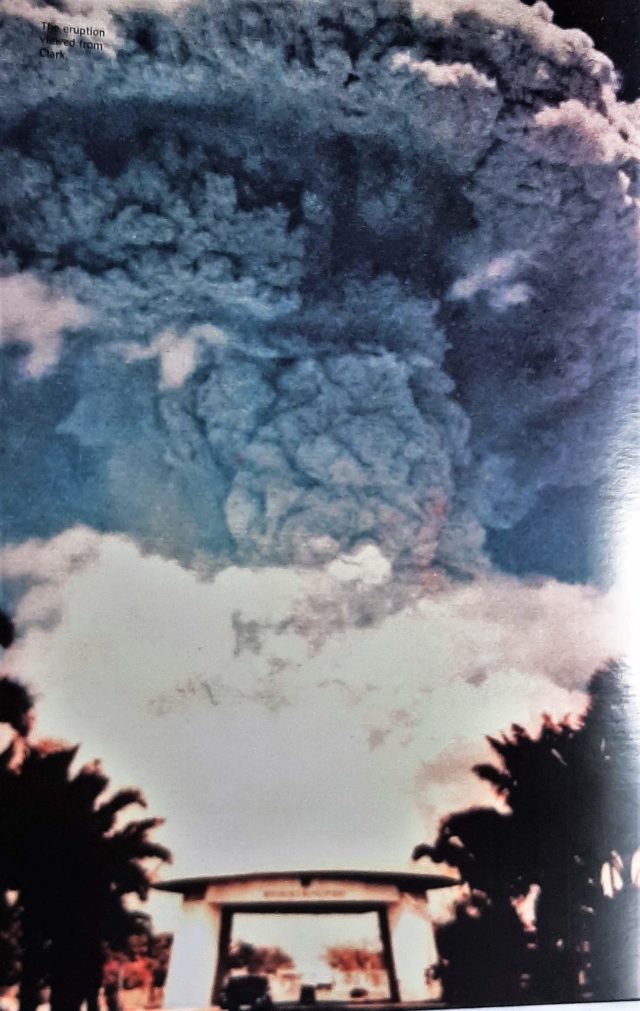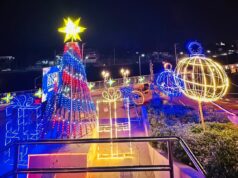ANXIOUS, APPREHENSIVE anticipation of an expected unknown gripped the people of Pampanga in the weeks leading to June 12, 1991.
Like the prophet of old – or the doomsayer, as a number who questioned his wisdom, if not his authority, were wont to deride him – Director Raymundo S. Punongbayan of the Philippine Institute of Volcanology and Seismology had raised the alarm of the impending eruption. The signs and sounds upland and on the plains were foreboding.
Like the beating of distant drums that precede a conflict, the incessant rumbling sounds from the bowels of Mount Pinatubo rang the certainty of a coming catastrophe.
On June 10, all the roads out of Angeles City were jammed by hundreds of vehicles in the exodus of American servicemen and their dependents from Clark Air Base to Subic where US warships awaited them for their final journey home.
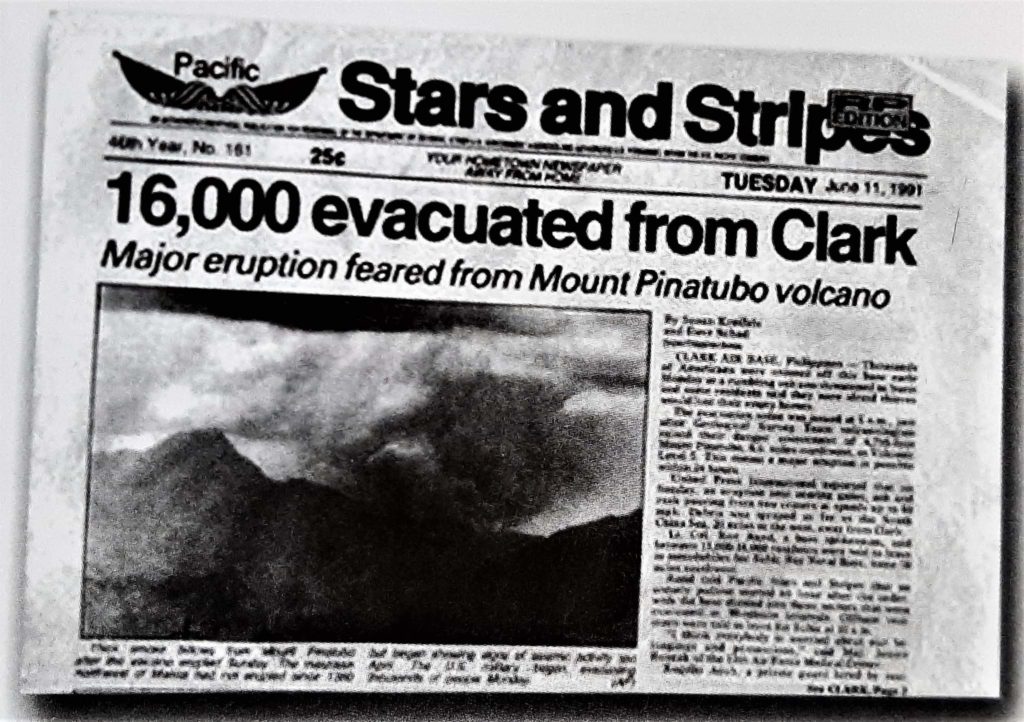
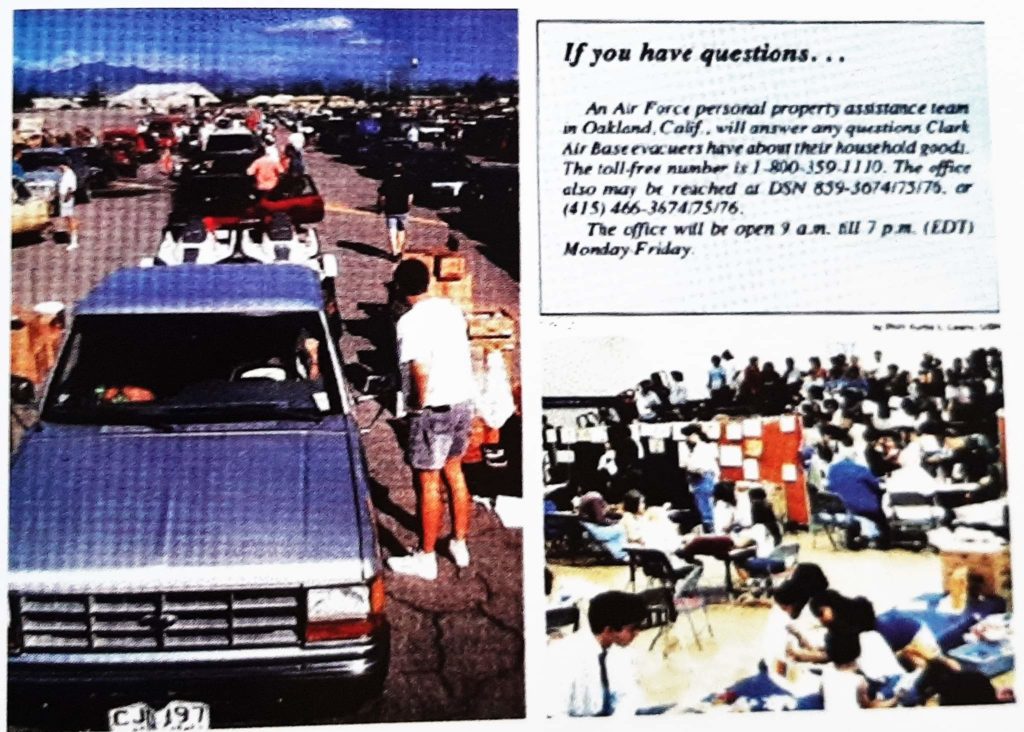
Up in the Zambales mountain ranges, Aetas, like frightened creatures sensing danger, had heard the initial rumbling and felt the unsettling tremors of mighty Pinatubo since April.
Several months back, the Philippine National Oil Company-Energy Development Corp. had drilled three giant exploratory pipes into the area around the slopes of the volcano in a bid to tap geothermal energy deposits.
The mountain tribesmen of Pampanga resented the exploration as an act of sacrilege and warned of rousing the wrath of the volcano’s mythical deity, Apu Namalyari. Thereafter, the tribesmen reported of animals scalded by searing sediments and vents billowing hissing sulfuric fumes.
Pampanga residents proximate to the volcano did not sense imminent danger up to the second week of June 1991, but held their uneasy peace with the tumultuous fear of the Aetas’ belief about their disturbed god.
On June 10, ominous dark clouds enveloped Mount Pinatubo, casting an eerie darkening shroud over Clark Air Base.
The following day, tremors started shaking a wide swath of western Pampanga. There was a flurry of movement in personnel, aircraft, and transport units inside Clark. Save for a security contingent, the US Forces had completely abandoned the biggest American military installation outside continental USA.
June 12, 1991. Philippine Independence Day. There was no nationalistic sentiment in the speech of Angeles City Mayor Antonio Abad Santos that followed the flag raising ritual. He underscored the dependence of the city on the American forces, their abandonment of Clark he lamented as “overacting.” Whatever parade scheduled for the day was rained down – not by cold water, but by hot ash and pumice stones.
At 8:51 A.M., a series of thundering explosions shooting a giant plume of ash rising to some 20 kilometers high broke the 600-year slumber of Mount Pinatubo.
Bursting from the volcano’s crater was a gargantuan gray-greenish cauliflower cloud – not unlike the atomic blast in Hiroshima – that blotted out the morning sun. Volcanologists though recorded the first eruption at 3:00 A.M. and reported an avalanche of pyroclastic materials – searing gas with a temperature upwards to 1,000 degrees Celsius, how ash and molten rocks – that blanketed the mountain’s lush green slopes in a dark grey shroud…
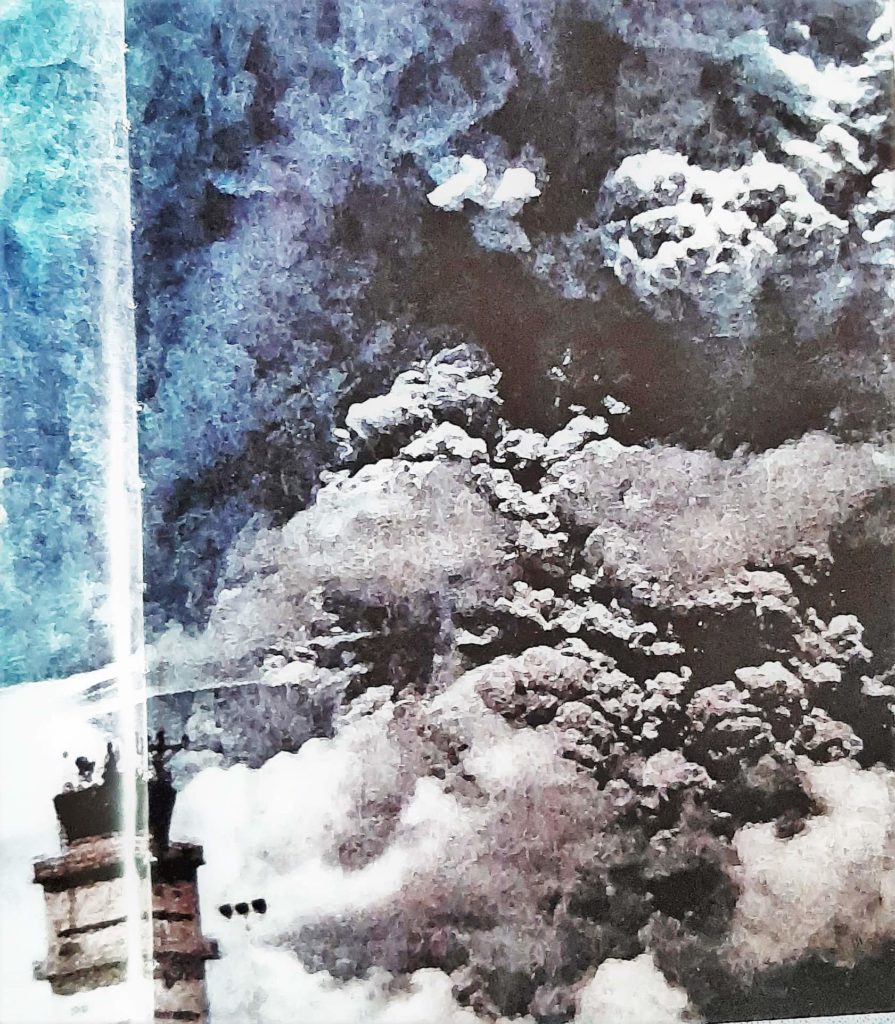
…With Angeles and Olongapo bearing the first full brunt of the eruptions, the deeply religious discerned the wrath of God in Pinatubo: the rightful destruction of the host cities to the US military bases for the same sins as Sodom and Gomorrah’s.
But the devastation would not remain contained there; even holy sites as churches and chapels were not spared.
Punongbayan described the June 12 blasts as major eruptions but warned that Pinatubo still held plenty of built-up magma capable of more severe eruptions.
“This could only be the beginning,” he said, prophetically.
(Excerpted from Chapter 2 of Pinatubo: Triumph of the Kapampangan Spirit edited by Bong Z. Lacson, with the San Fernando Heritage Foundation as publisher, Oct. 2008)


